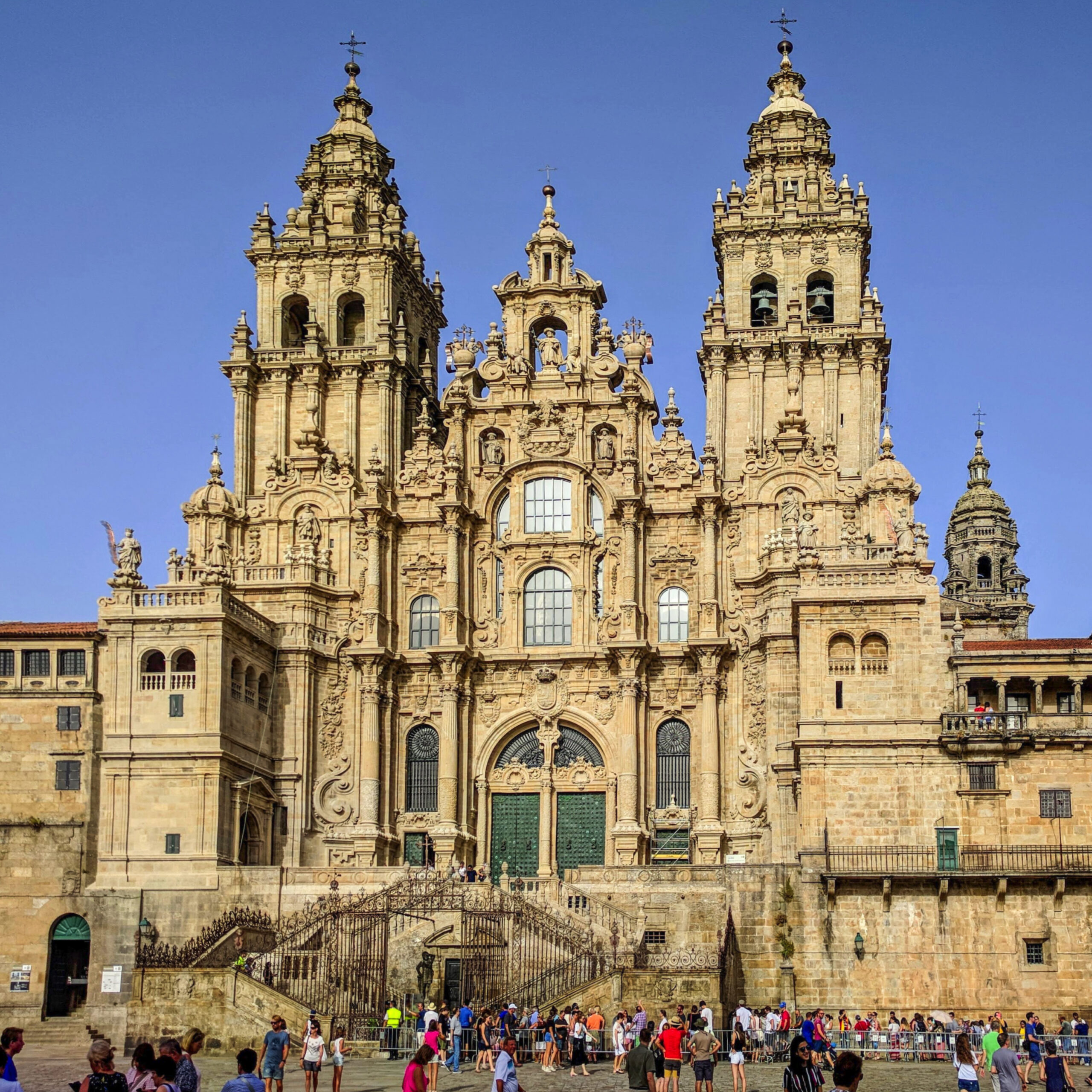Local Culture, cultural events and manifestations
Local Culture, cultural events and manifestations
Cultural events and manifestations in Galicia
Cultural Local Partners
Description and activities
Spanish National Culture
Description of Spanish culture and its influences
Local Culture: Galician culture as a different example
Galicia is a region considered “historical nationality” by the Spanish Constitution due to its defined and singular characteristics. Which are those elements that make Galicia unique.
Language: Galician belongs to the family of Romance languages, and it was the result of the evolution of Latin language introduced by the Roman Empire. The historical records assure that, since the 9th century, Galician become a differentiate language.
Nowadays, it is widely spoken in the region: it’s the usual language for 40% of the population, while 35% use Galician and Spanish equally. Statistics indicates that 98% of Galician citizens understand the language.

Literature: Galician literature is a very prolific area both in narrative and poetry. We include in this section a selection of contemporary authors as well as acclaimed writers from the XIX and XX, started by Rosalía de Castro, who is considered the Galician poet par excellence, along with Castelao, Valle-Inclán, Curros Enríquez, Pardo Bazán, Eduardo Pondal, and Cabanillas to mention some of them. Contemporary authors are Cunqueiro, Xohana Torres, Blanco Amor, Ánxel Fole, Miguel Rivas, Suso de Toro, Fina Casalderrey.
As example, you can read this historic poem by Rosalía de Castro, liked with the massive emigration from Galicia, and with a galician way of feel melancholy for their land and their people.
Goodbye rivers, goodbye fountains Farewell, rivers; goodbye, fountains; | chestnut mill, clear moonlit nights, tinkling bells, from the local church, mulberries of the woods that I gave to my love, paths among the corn, goodbye forever goodbye! Bye bye! Goodbye happy! I leave the house where I was born, I leave the village I know for a world I have not seen! |
Music: the traditional music instruments are the gaita and the pandeireta. The gaita is a celtic wind instrument (similar to the Scottish pipe) which, nowadays, is mixed with other contemporary music styles such as rock and electronic. The pandeireta is a hand musical instrument, between 13 to 28 cm, which is widely used to accompanied female signing.
This music, strongly linked to Celtic music, with which it has many things in common, has its own characteristics, linked both to its land and to its own musical expressions, with special presence as celebration or lament music in the daily acts and traditions of the many small towns that are in Galicia.

Dance: the muiñeira and the xota galega are the two most representative types of Galician dance, linked with its Galician music. The muñeira is dancing to a 6/8-time signature, accompanied with the gaita (Galician pipe) and followed by aturuxos (shout of joy).
We cannot resist of including here two vibrant videos of Galician dancing:
Galician Cultural Heritage is quite extensive, highlighting the Castros –fortified settlements in the Iron Age, mostly on the top of cliffs-, the Roman Walls of Lugo built in the third century and the Tower of Hercules in A Coruña, both declared World Heritage by UNESCO.
Two other Galician treasures were also received that denomination: the old town of Santiago de Compostela in 1985, and the Routes of Santiago de Compostela (French Way and Routes of Northern Spain) in 1993. The dry stone construction technique was also awarded with the distinction of Intangible Cultural Heritage by UNESCO in 2018.
Throughout the territory, there are stone constructions, mainly churches, hórreos (silos) and cruceiros (crosses in crossroads). Furthermore, Galician underlines for its relevant oral tradition allowing us to preserve the Galician language and the customs. Traditional festivities are the Entroido (carnival) with the famous Cigarróns, illustrated in the first picture on the foot; the Magosto (a pagan tradition linked with the harvest season and the chesnut), and multiples romerias. As a craftwork, we could not forget the bolillos (bobbin lace). Finally, to mention the food culture as something important in Galicia, with more than 3500 food celebrations each year, as the one you can see in the following picture.



